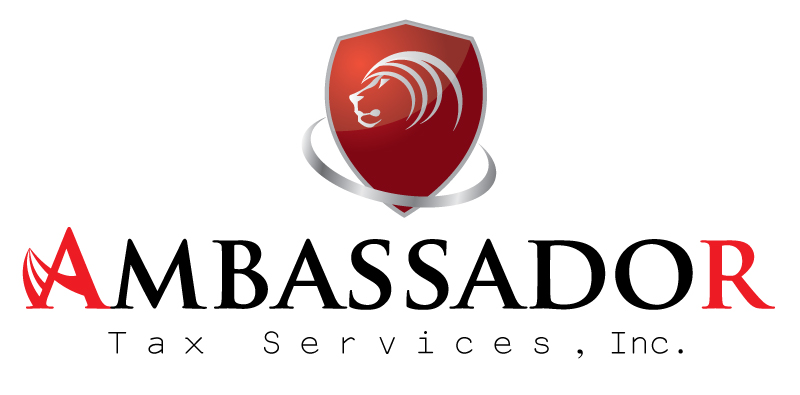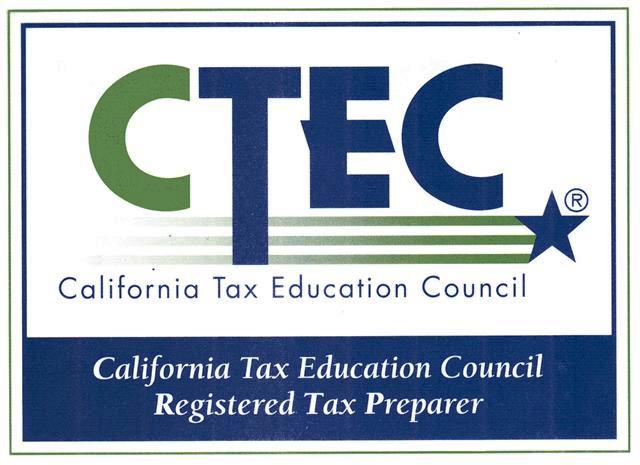by Ambassador Tax Services, Inc. | Sep 11, 2019 | Tax Tips and News
Tax Tip 2019-122, September 5, 2019
Tax professionals and their employees can take steps to help prevent thieves from stealing sensitive data. Cybercriminals use phishing emails and malware to gain control of computer systems or to steal usernames and passwords.
Here are some simple steps that tax pros and their employees can take to protect their clients’ data. They should:
- Use separate personal and business email accounts.
- Protect email accounts with strong passwords and two-factor authentication if available.
- Install an anti-phishing tool bar to help identify known phishing sites.
- Use anti-phishing tools that are included in security software products.
- Use security software to help protect systems from malware and scan emails for viruses.
- Never open or download attachments from unknown senders, including potential clients. They should instead make contact first by phone.
- Send only password-protected and encrypted documents when files must be shared with clients over email.
- Not respond to suspicious or unknown emails.
- Forward scams that are related to the IRS to [email protected].
All tax professionals should remember they must have a written data security plan. This is required by the Federal Trade Commission and its Safeguards Rule.
More information:
Subscribe to IRS Tax Tips
– Story provided by IRS Tax Tips
by Ambassador Tax Services, Inc. | Sep 11, 2019 | Tax Tips and News
IRS Tax Tip 2019-123, September 9, 2019
Questions about tax payments and penalties come up all year long. Taxpayers can find most answers to these questions on IRS.gov. They can head over to the Let Us Help You page, which features links that take users to information and resources on a wide range of topics related to penalties and payments.
Payments
Payment options
- This page lays out the different way taxpayers can pay what they owe, from having the payment taken directly from their bank account to using a credit card.
Payment plan
- Taxpayers who cannot pay what they owe in full have options, which are explained on this page.
View your balance and payment history
- Individual taxpayers can use this tool to check their account and see things like their payoff amount.
Liens and levies
These links explain what a lien and a levy are, and how taxpayers comply with them.
Resolve a dispute
The Office of Appeals is an independent organization within the IRS that helps taxpayers resolve their tax disputes. This page has links to information that will help taxpayers who received a notice saying their case qualifies to be reviewed by Appeals.
Prevent future tax bill
Taxpayers who owed more than expected when they filed this year have a couple options to help them avoid that when they file next year. These pages have more info about the options.
Penalties
These links take the user to information where they can find out more about topics related to penalties and penalty relief.
Subscribe to IRS Tax Tips
– Story provided by IRS Tax Tips
by Ambassador Tax Services, Inc. | Sep 11, 2019 | Tax Tips and News
IRS Tax Tip 2019-124, September 10, 2019
Tax professionals should learn the tell-tale signs that their office may have experienced a data theft. Such thefts could have resulted in fraudulent tax returns filed in their clients’ names.
Here is a list of warning signs that a tax professional or their office may have experienced a data theft:
- Their clients’ e-filed returns are rejected by the IRS or state tax agencies. This happens because someone else already filed a tax return with their client’s Social Security number.
- Clients who haven’t filed tax returns begin to receive taxpayer authentication letters from the IRS. The IRS sends letters such as the 5071C, 4883C and 5747C to confirm a taxpayer’s identity for a submitted tax return.
- Clients who haven’t filed tax returns receive refunds.
- Clients receive tax transcripts that they didn’t request.
- Clients who created an IRS Online Services account receive an IRS notice that their account was accessed.
- Clients who have an account get an IRS emails saying their account is disabled.
- Clients unexpectedly receive an IRS notice that an IRS online account was created in their names.
- The number of returns filed with the tax professional’s Electronic Filing Identification Number is higher than the number of clients they have.
- Tax professionals or clients responding to emails that the firm did not send.
- Network computers running slower than normal.
- Computer cursors moving or changing numbers when the user is not even touching the keyboard.
- Network computers locking out employees.
More information:
Subscribe to IRS Tax Tips
– Story provided by IRS Tax Tips
by Ambassador Tax Services, Inc. | Sep 11, 2019 | Tax Tips and News
IRS Tax Tip 2019-125, September 11, 2019
With school back in session, parents and students should look into tax credits that can help with the cost of higher education. They do this by reducing the amount of tax someone owes on their tax return. If the credit reduces tax to less than zero, the taxpayer may get a refund.
Taxpayers who pay for higher education in 2019 can see these tax savings when they file their tax returns next year. If taxpayers, their spouses or their dependents take post-high school coursework, they may be eligible for a tax benefit.
There are two credits available to help taxpayers offset the costs of higher education. The American opportunity tax credit and the lifetime learning credit may reduce the amount of income tax owed. Taxpayers use Form 8863, Education Credits, to claim the credits.
To be eligible to claim the American opportunity tax credit, or the lifetime learning credit, a taxpayer or a dependent must have received a Form 1098-T from an eligible educational institution.
The American opportunity tax credit is:
- Worth a maximum benefit up to $2,500 per eligible student.
- Only for the first four years at an eligible college or vocational school.
- For students pursuing a degree or other recognized education credential.
- Partially refundable. This means if the credit brings the amount of tax owed to zero, 40 percent of any remaining amount of the credit, up to $1,000, is refundable.
The lifetime learning credit is:
- Worth a maximum benefit up to $2,000 per tax return, per year, no matter how many students qualify.
- Available for all years of postsecondary education and for courses to acquire or improve job skills.
- Available for an unlimited number of tax years.
More information:
Subscribe to IRS Tax Tips
– Story provided by IRS Tax Tips




